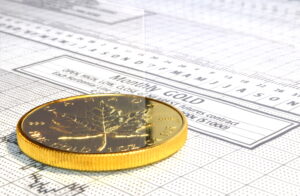Credit card issuing companies are spending upward of 41% of total revenue every year on — more or less futile anyway — attempts to prevent (or at least limit) credit card fraud. This is a well-known fact throughout the banking and credit card industries.
Outdated Infrastructure
Largely anachronistic money transfer systems such as credit cards but also bank wire transfer technologies, dating from the age of the telegraph but still in use today, prove increasingly unfit for today’ where much more frequently than in pre-internet days some sort of “overseas” aspect is present.
High Extra Cost Consumers Have to Pay
Despite the high extra cost thus associated with all “international” transactions, a large percentage of transactions in the consumer and B2C fields alone involve a “foreign” party in today’s world. These “overseas” transactions are particularly prone to fraud or other kinds of loss as legacy systems used by banks were not designed to process the volume of worldwide transfers they have to in this day and age.
Making It Worse: the Only “Features” That Are New
Banks’ only “innovation” offered is the reckless integration of useless, and even more risky, new features into retails customer credit cards such as NFC (near-field communications). This makes the unsuitability of both credit cards and banks themselves for the real world even more obvious. All “new” NFC-equipped cards can be read at points of sale without card terminal contact, a fact that is already frequently used for cracking into and fraudulently charging to cards located in bags and wallets of passers-by.
Will Be Worse in the Future
Therefore, it is quite likely that these 41% will increase even further, unless a fundamental shift in the technologies employed takes place — even as established banks appear to see very little reason to finally offer their customers appropriate, modernised tools and business models.
Much rather, it will be “business as usual”: banks will roll all their costs (and losses) over to the “stupid little customer” who, in their view, is only “there to be milked” (or slaughtered). If you feel insecure about using NFC-enabled debit or credit cards, send them back to your bank and ask for a replacement without that “feature”. It might even make your “usage fees” lower in the long run.


